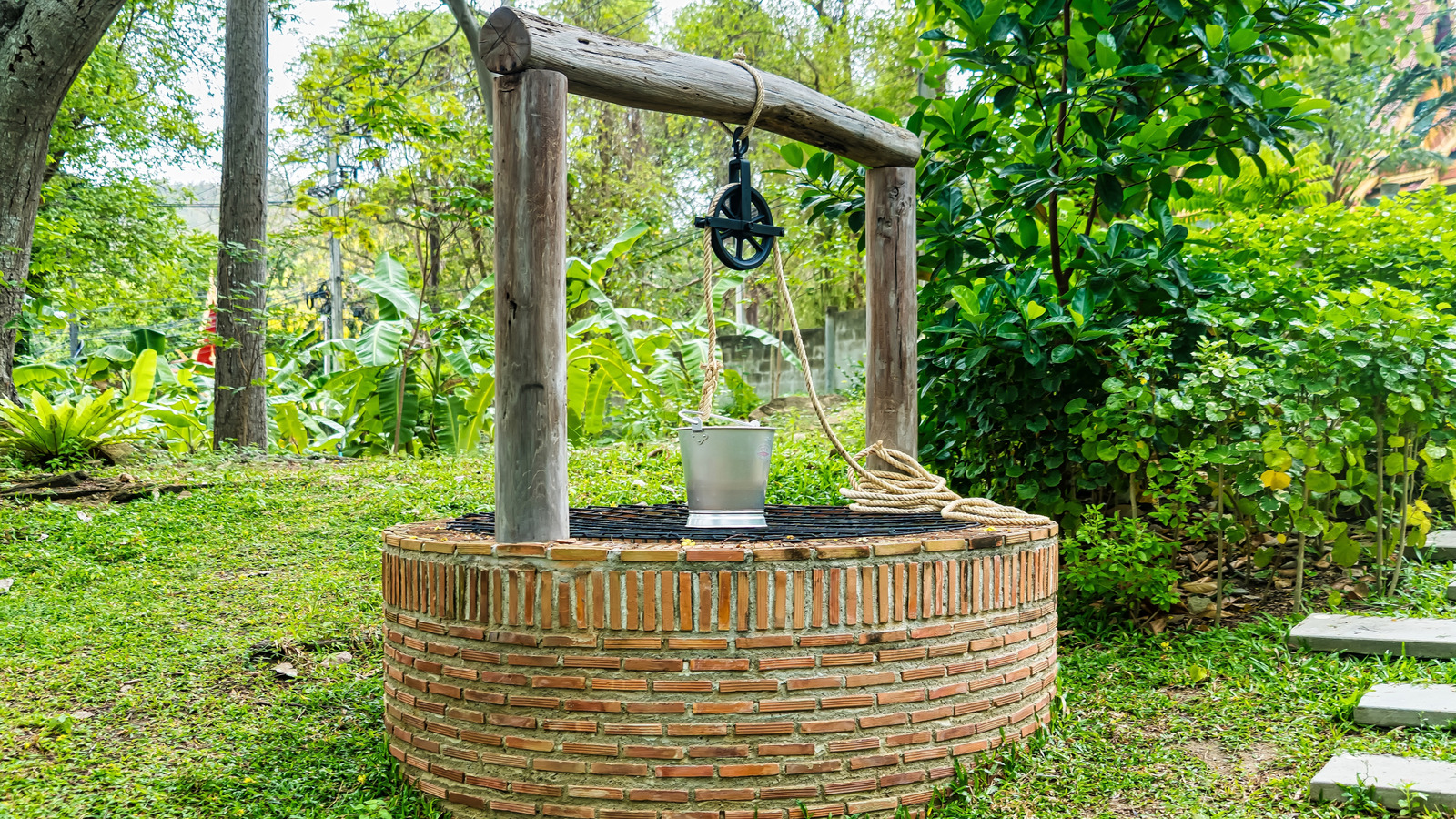If your home relies on well water, you might assume it’s pure because it comes from deep underground. However, unlike city water, which is regularly treated and tested by local authorities, private wells are the homeowner’s responsibility. This means that any contamination must be monitored and addressed by you. Well water can be affected by naturally occurring minerals, such as iron and arsenic, as well as contaminants like bacteria, nitrates, pesticides, and heavy metals. This is particularly true if the well is shallow or located near agriculture or septic systems.
The Cleveland Clinic warns that even water that appears clear and odorless might contain dangerous microbes like E. coli or cryptosporidium. Consuming untreated or poorly filtered well water could lead to gastrointestinal illness, reproductive issues, or other long-term health effects, especially in children and immunocompromised individuals. Therefore, the first and most critical step to making well water safe is testing it.
Testing: The First Step to Safety
It is recommended to have your well tested at least once a year for bacteria, nitrates, pH, and dissolved solids. If your well is near a farm, landfill, or septic system, more frequent testing is advisable. Most local health departments offer test kits or referrals to certified laboratories, as this is the only way to know for sure what’s in your water. Once you understand the specific contaminants present, you can determine how best to treat them.
Filtration Systems: Tailoring Solutions to Your Needs
In the wake of the COVID-19 pandemic, people have become increasingly aware of what they consume, and water quality has become a significant concern. Testing your well is an extension of preventative health care. After testing, the next step is treatment. There is no one-size-fits-all solution; the filtration system you choose should target the specific contaminants found in your well. Most homeowners need a multi-stage approach to address various issues.
For sediment and larger particles like sand or rust, a simple pre-filter is usually sufficient. However, for more complex issues like bacteria, heavy metals, or high mineral content, a more advanced filtration system is necessary. A common setup includes a whole-house sediment filter followed by a carbon filter to reduce chlorine-like tastes and organic compounds. If you have hard water, which is high in calcium or magnesium, a water softener may also be needed. For pathogens like E. coli or giardia, the CDC recommends a UV light purification system that kills microbes without adding chemicals. Reverse osmosis systems can remove nitrates, arsenic, and heavy metals but often work best in conjunction with other filters.
Homeowners who have addressed these issues often find that combining multiple systems offers the most comprehensive protection. While some setups may be costly upfront, investing in the safety of your home’s drinking water is always worth it.
Maintenance: Ensuring Long-Term Safety
Installing a high-quality filtration system is only half the battle. Keeping your well water safe requires regular upkeep. The CDC emphasizes the importance of routine maintenance for both the well and filtration components. Just as you would maintain any other appliance in your home, water filter systems require regular attention.
Start by inspecting the well annually to check for cracks in the casing, changes in water clarity or smell, and signs of contamination from nearby sources like flooding or agricultural runoff. Filters and UV bulbs need regular replacement to remain effective. Neglecting this step can lead to bacteria slipping through or cause a buildup of harmful substances in your system. Most manufacturers provide a replacement schedule, and it’s wise to log changes to ensure nothing goes unnoticed.
By retesting your water once a year—or after any major environmental change like a storm or flood—you’ll be able to catch new threats early.
Protecting Your Well: Best Practices
Long-term safety also involves maintaining the area around your well. Avoid storing chemicals or fuel nearby and maintain a safe distance between the well and septic system. If the well is old or shallow, consider upgrading to a deeper or sealed model to reduce the risk of surface contamination.
Safe drinking water starts with awareness and ends with action. By keeping up with routine testing, proper filtration, and maintenance, well water can be just as safe, and often better-tasting, than municipal supplies.






































































